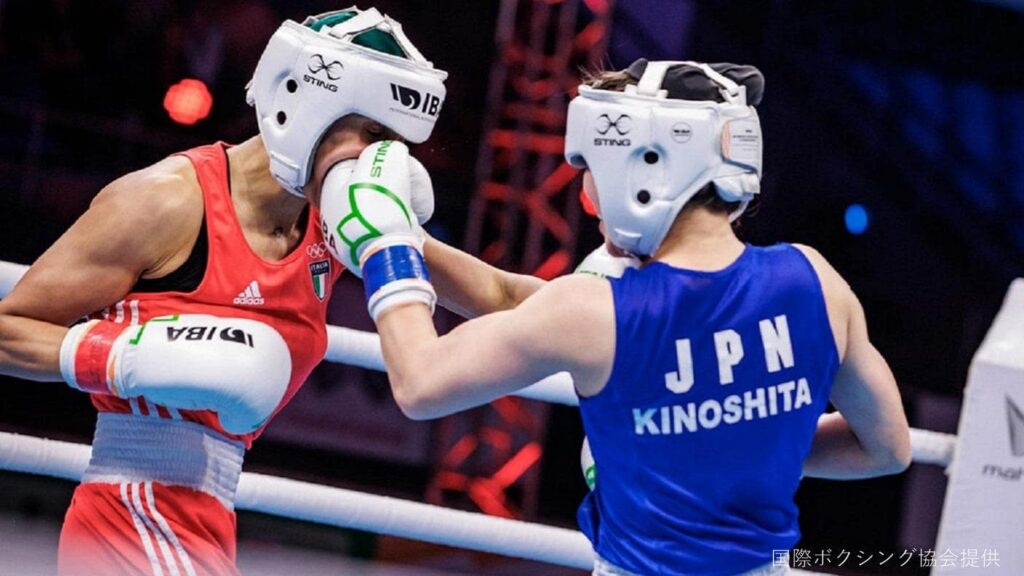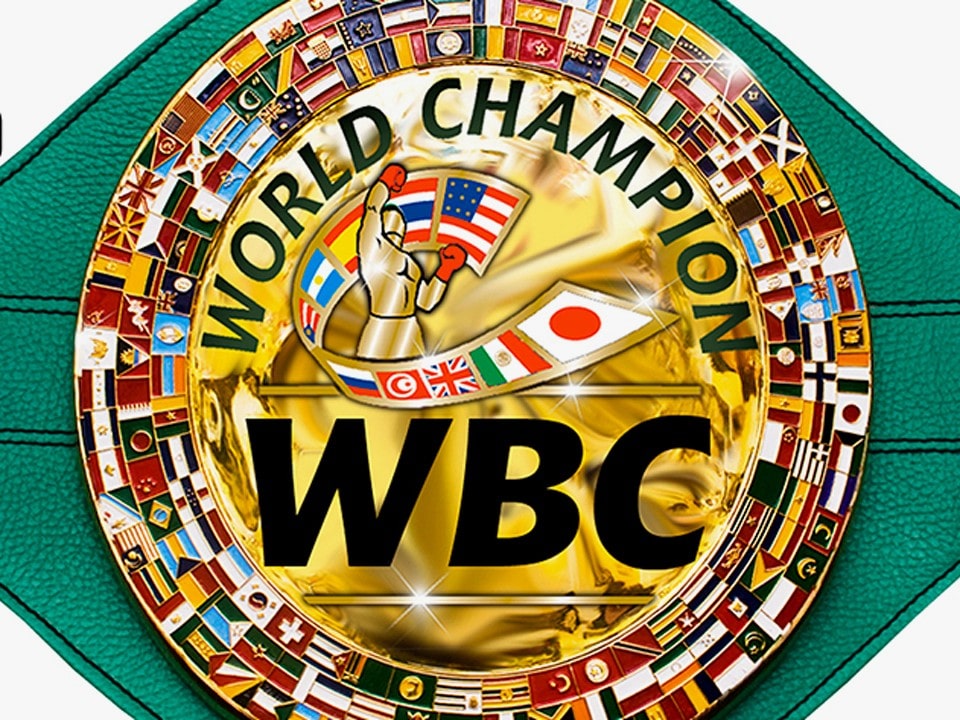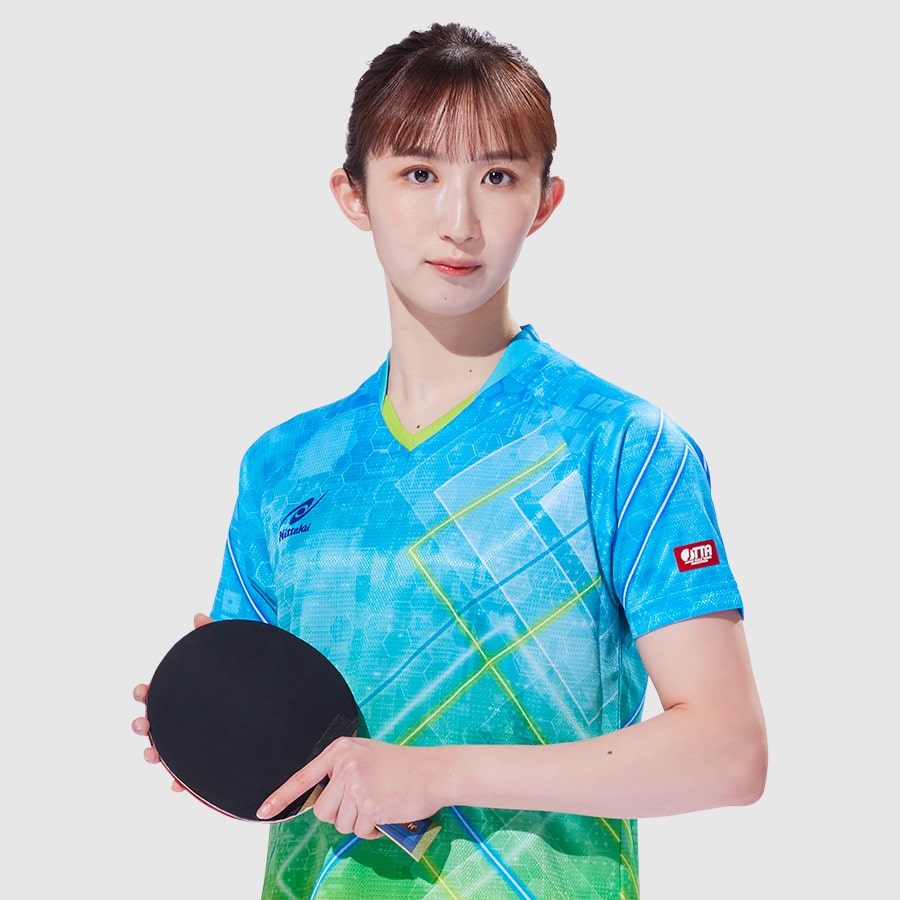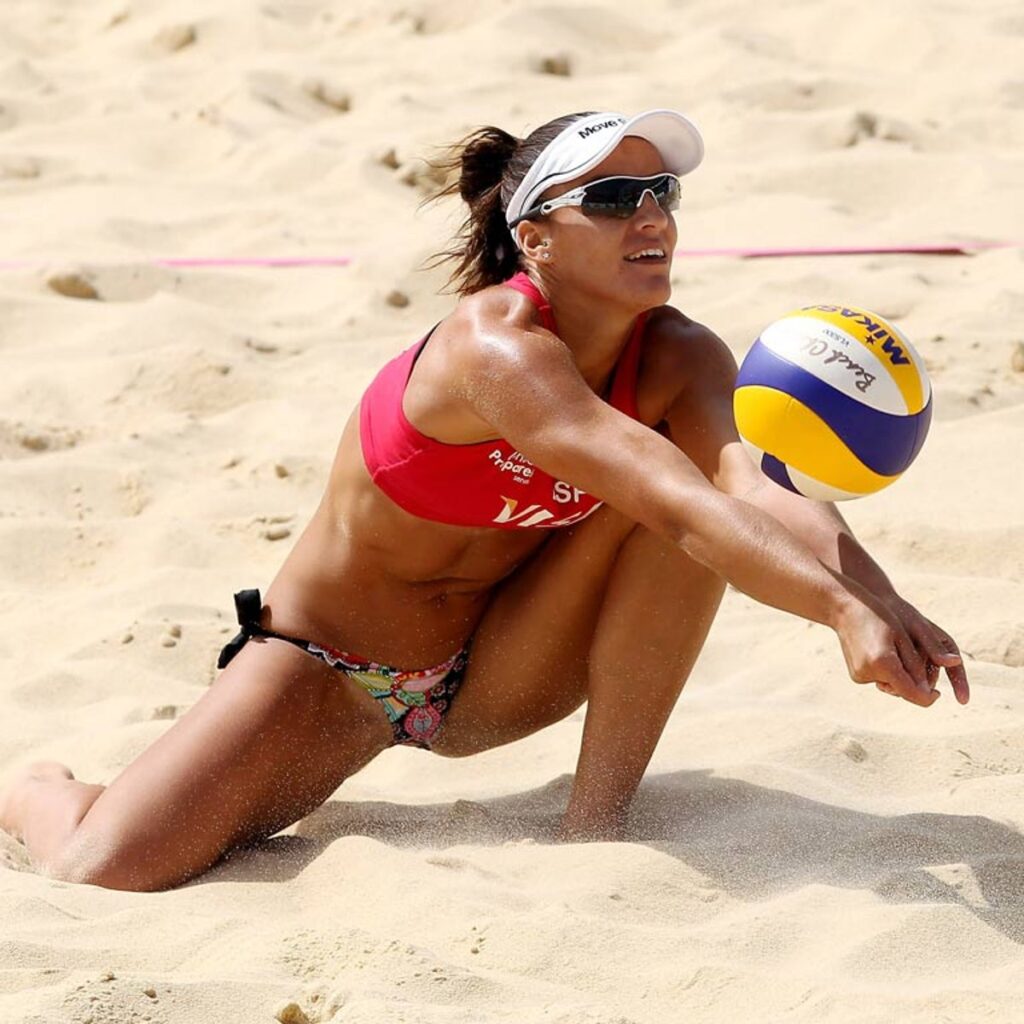
Beach volleyball is an exhilarating sport that can be enjoyed under the sun and on the sand.
However, in order to not only hit the ball against each other, but also to hone your skills and aim for victory in the game, techniques ranging from basic to advanced are essential.
In this article, we’ll share techniques and tips that will help all players, from beginners just starting to play beach volleyball to advanced players looking to improve, to hone their skills and take their play to the next level.
We provide a wide range of information to effectively improve your beach volleyball technique, including practice menus, practical tips, and strategies that will help you during the game.
By firmly grasping the basics of each technique, including serving, receiving, setup, attacking techniques, and even defensive movements, and acquiring detailed tactical knowledge, you will make your beach volleyball game more enjoyable and fulfilling. It will happen.
Playing beach volleyball not only improves your physical strength and technique, but also strengthens your mental health.
We hope this guide will help you maximize the appeal of beach volleyball and breathe new life into your play style.
Let’s start your journey to improve your beach volleyball technique.
目次
- 1 Basics of beach volleyball technique : Master the basic techniques from serve to receive
- 2 Defensive techniques : Defend points with blocks and digs
- 3 How to improve your attack techniques : Attack strategies to outwit your opponent
- 4 Conditioning and mental training : preparing the body and mind
- 5 Advanced techniques and tactics : tactical knowledge to improve your competitiveness
- 6 Frequently Asked Questions and Answers : Questions about Beach Volleyball Techniques
- 7 summary
Basics of beach volleyball technique : Master the basic techniques from serve to receive
In order to maximize the fun and competitiveness of beach volleyball, mastering the basic techniques is essential.
Here, we will explain in detail the basics of beach volleyball, from serving, receiving, setup, and attacking techniques.
Types of serves and effective ways to hit them
The serve is an important technique to start the game in beach volleyball. The main types are:
- Floater serve : A serve in which the ball is hit without spinning. It is easily affected by the wind and difficult to predict. When hitting, throw the ball straight up, fully extend your arm, and hit the center of the ball hard.
- Jump serve : Perform a serve with a strong spike after jumping. Although it has high attack power, it also increases the risk of mistakes. The key is the timing of your jump and how you hit the ball.
Tips for effective receiving
Receive is the basic action of catching an opponent’s attack. Please keep the following points in mind:
- Body position : Always watch the movement of the ball and your opponent and try to position yourself appropriately. Keep your feet slightly wider than shoulder-width apart and your knees bent to maintain a low stance.
- Use your arms : Keep your arms extended and receive the ball in front of your body. Use your arms and hands together to control the direction and height of the ball.
Setup basics and applications
Setup is a preparatory action for an attack. The exact set is important:
- Hand position : Make a diamond shape with both hands in front of your face, and use the pads of your fingers to touch the ball.
- How to use your body : When setting up, use not only your arms, but also the bending and straightening of your hips and knees to apply force. Adjust the direction and height of the ball by moving your hands and tilting your body.
Attack techniques: smash and placement
Attacking is an important technique to score points in beach volleyball. Mainly Smash and Placement:
- Smash : Jump high and forcefully drive the ball into the opponent’s court. When you hit, get under the ball, fully extend your arm, and hit the top of the ball hard.
- Placement : The technique of accurately placing the ball in an open area of the court where there are no opponents. Precision is required rather than force, and players must carefully observe their opponent’s position and actively aim for open spaces.
Mastering these basic techniques will greatly change your beach volleyball game.
Through daily practice, hone these techniques and take your game to the next level.
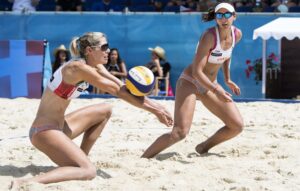
Defensive techniques : Defend points with blocks and digs
In beach volleyball, not only attacking but also defensive techniques are very important.
Blocking and digging to prevent scoring is the key to controlling the match and leading to victory.
Here, we will explain in detail the techniques of blocking and digging, especially how to train timing, positioning, correct posture, and reaction speed.
Block timing and positioning
Blocking is a defensive technique that directly blocks an opponent’s attack. The secret to success lies in timing and positioning.
- Timing : Predict your opponent’s hitting points and time your jump. Jump to reach the highest point at the moment your opponent touches the ball.
- Positioning : Determine the direction and angle of the opponent’s spiker and stand in an appropriate position in relation to the net. Extend both arms so that they go over the net and block the course of the ball. When blocking, spread your fingers to cover as much of the ball’s path as possible.
How to train the correct posture and reaction speed for digging
Digging is the technique of receiving an opponent’s strong blow without letting it fall to the floor. Correct posture and reaction speed are key.
- Correct posture : Keep your knees bent and low, arms extended in front of you ready to receive the ball. Keep your arms together to create a large receiving surface for the ball. Depending on the direction and speed of the ball, shift your weight forward and use your arms to flip the ball back up.
- How to train your reaction speed : The effectiveness of digging greatly depends on your reaction speed. To improve your reaction speed, include practice responding to visual stimuli, short distance sprints, and change of direction drills. Additionally, training to predict the opponent’s body language and the trajectory of the ball will also help improve reaction speed.
By honing your beach volleyball defensive skills, you will gain confidence in your opponent’s attacks and stabilize your team’s play as a whole.
Blocking and digging are fundamental and important skills for success in beach volleyball.
Develop these skills through daily practice and put them to use in matches.
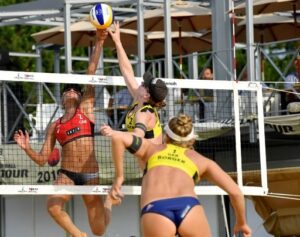
How to improve your attack techniques : Attack strategies to outwit your opponent
In beach volleyball, attacking is more than just a way to score points.
It includes strategic elements to outwit the opposing team and take control of the game.
Here, we will explain attack strategies to hone your attack techniques and outwit your opponent, especially effective spike shots, feints, and trick shots.
How to hit spikes effectively
Spikes are one of the most powerful attacks in beach volleyball. Pay attention to the following points to wear effective spikes.
- Approach : A powerful spike requires an effective approach. It is important to maintain speed and jump firmly on the last step. By changing the direction and speed of your approach, you can confuse blockers.
- Selection of hitting point : Hitting the ball from a high hitting point makes it easier to cross the block. By hitting the ball with your body open to the ball, you can aim at various spots on the court.
- Power transmission : Hit the ball not only with your arms, but also with the rotation of your hips and the power of your legs. By transmitting the power of your whole body to the ball, you can hit more powerful spikes.
feints and trick shots
Feints and trick shots are techniques used to outwit your opponent’s predictions and score unexpected points.
- Feint (dummy attack) : A feint is the technique of pretending to make a strong hit and then lightly poking the ball at the last moment. The moment your opponent’s blocker jumps, lightly drop the ball into an open area of the court. This requires the ability to carefully observe your opponent’s movements and measure their timing.
- Trick Shots : Trick shots include a variety of techniques, such as the “cut shot,” where you hit the ball behind your back, and the “pokey shot,” where you hit the ball with the back of your hand. These techniques are used to surprise your opponent and create gaps in your defense.
Honing your attacking techniques involves not only improving basic skills, but also strategic thinking during matches.
Anticipating your opponent’s movements and progressing the game at your own pace is the key to an effective attack.
Practice these techniques repeatedly during daily practice and aim to apply them in matches.
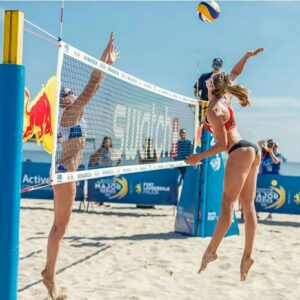
Conditioning and mental training : preparing the body and mind
Beach volleyball is a sport that requires not only technical skill, but also a high level of physical and mental strength.
To be successful, it is important to train both your body and mind and prepare them to perform at their best during a match.
Here, we will explain physical training suitable for beach volleyball and practice methods to develop mental strength.
Physical training suitable for beach volleyball
Because beach volleyball is played on sand, it requires more strength and stamina than typical land sports. The following training is effective.
- Sprints on sand : Build leg strength and explosive power by performing short to medium-distance sprints on sand. Also, by utilizing the resistance of the sand, higher loads can be applied.
- Jump training : Beach volleyball often requires high jumps. Improve your jumping power and leg strength by doing things like box jumps and squat jumps on the sand.
- Core training : Strong core strength is essential for powerful serves and spikes. Try exercises like planks, side planks, and Russian twists to build core stability and strength.
Exercises to develop mental strength
Mental strength greatly affects your performance in beach volleyball. Let’s do mental training in the following way.
- Goal Setting : Set short-term and long-term goals and clarify the steps needed to achieve them. Build confidence and stay motivated through the process of achieving your goals.
- Positive self-talk : When self-doubt or negative emotions arise, use positive self-talk to encourage yourself. Remembering your successes can help you regain confidence and improve your focus.
- Visualization : Visualize success in a real game by visualizing a successful play or winning game. This mental training will help you stay calm and focused even under pressure.
Physical fitness and mental strength are interrelated and both are essential for success in beach volleyball.
By combining physical training and mental training in a well-balanced manner, you can maximize your performance in matches and aim to compete at a higher level.

Advanced techniques and tactics : tactical knowledge to improve your competitiveness
In order to step up to become an advanced beach volleyball player, you need not only the mastery of techniques, but also tactical knowledge and close cooperation with your partner.
Here, we will delve into advanced techniques and tactics to improve your competitiveness, especially tips for working with partners and strategic planning and adjustments during matches.
Tips for cooperative play with a partner
- Enhance Communication : Stay in constant communication with your partners, from the pre-match planning stage to real-time communication during the match. Let’s clearly communicate each other’s intentions by using signs, shouting, and making eye contact.
- Role Clarification : Understand each player’s strengths and clarify their role during the match. For example, consider an arrangement that maximizes each other’s strengths, such as having one player take charge of powerful attacks while the other focuses on defense and setup.
- Be aware of mutual positioning : Always be aware of your distance from your partner and balance court coverage. Quickly adjust your positions according to your opponent’s attack pattern to minimize open space.
In-game strategy planning and adjustment
- Analyzing the opponent team : Analyze the opponent team’s playing style and weaknesses before the match and plan a strategy based on that. As the match progresses, it is important to respond flexibly to changes in your opponent and adjust your tactics.
- Serve strategy : Develop a serve strategy, such as targeting players on the opposing team who are weak in receiving, and serving while taking into account wind direction and sunlight. An effective serve can put pressure on your opponent and create scoring opportunities.
- Defensive Adjustment : During a match, observe your opponent’s attack patterns and scoring methods and adjust your defensive strategy accordingly. For example, if your opponent frequently uses cut shots, move your defensive line forward to respond.
Competitive experience is essential to mastering advanced techniques and tactics.
By deepening your cooperation with your partners and approaching matches with tactical flexibility, you will be able to significantly improve your competitiveness.
Refine these skills through continuous practice and match practice.
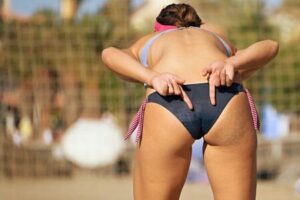
Frequently Asked Questions and Answers : Questions about Beach Volleyball Techniques
In order to improve your beach volleyball technique, proper practice methods and frequency, as well as effective warm-up and cool-down are essential.
Below you will find answers to frequently asked questions regarding these points.
Practice frequency to improve technique
Q: How often should I practice to improve my beach volleyball technique?
A: Regular and continuous practice is required to improve technique. Generally, it is recommended to practice 3-5 times per week for 1-2 hours each session. However, the quality of your practice is important, and it’s important to not just spend time, but to set specific goals and focus on each session. It is also important to consider your body’s recovery time and set aside appropriate rest days to avoid fatigue and injury due to overtraining.
Effective warm-up and cool-down methods
Q: What is an effective way to warm up and cool down before and after beach volleyball practice or matches?
A: Warming up and cooling down are essential to preventing injury and improving performance.
- Warm up : Before practice or a game, do some light jogging or skipping to warm up your whole body, or do some dynamic stretching (stretching that involves moving your arms and legs) for about 5 to 10 minutes. Afterwards, it is effective to warm up with dynamic movements that are similar to actual play, incorporating movements specific to beach volleyball (e.g. low stance, jumps, spike forms, etc.).
- Cool down : To cool down after practice or a game, start with some light jogging or walking to gradually lower your heart rate, and then do static stretches (stretching while maintaining a certain posture) throughout your body to release muscle tension. In particular, it is important to stretch the muscles of your lower back, thighs, shoulders, and arms, which are often used in beach volleyball.
Warming up and cooling down not only help prevent injuries, but also prepare you for your next practice or game.
Make these routines part of your practice and lay the foundation for a long and healthy beach volleyball experience.
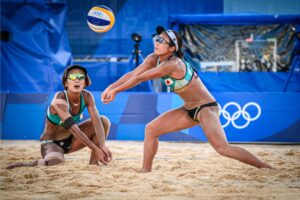
summary
Beach volleyball is a comprehensive sport that requires skill, physical strength, and mental ability.
Technically, a wide range of skills are required, from learning basic movements such as serve, receiving, setup, and spiking, to advanced techniques such as feints and trick shots.
Defensively, he uses blocks and digs to protect points, while offensively, he uses effective spikes and tactical plays to outwit his opponents.
These techniques are supported by physical training, including sprints on sand, jump training, and core training.
Strengthening your mental health is also important, and prepare your mind through goal setting, positive self-talk, and visualization.
Regarding practice frequency, 3 to 5 times a week is recommended, and a balance between high-quality practice and adequate rest is important.
Warming up and cooling down are essential for injury prevention and performance improvement, and a proper routine is recommended.
Ultimately, in order to succeed in beach volleyball, it is essential not only to hone individual skills, but also to work together with partners and to plan and coordinate strategies during matches.
By leveraging the strengths of each player and developing strategies as a team, you will be able to play at a higher level.
Understand that beach volleyball is not just a game of hitting the ball back, but a deep sport that combines strategy, technique, physical strength, and mental health, and the key to improving is to train each aspect in a well-balanced manner.

